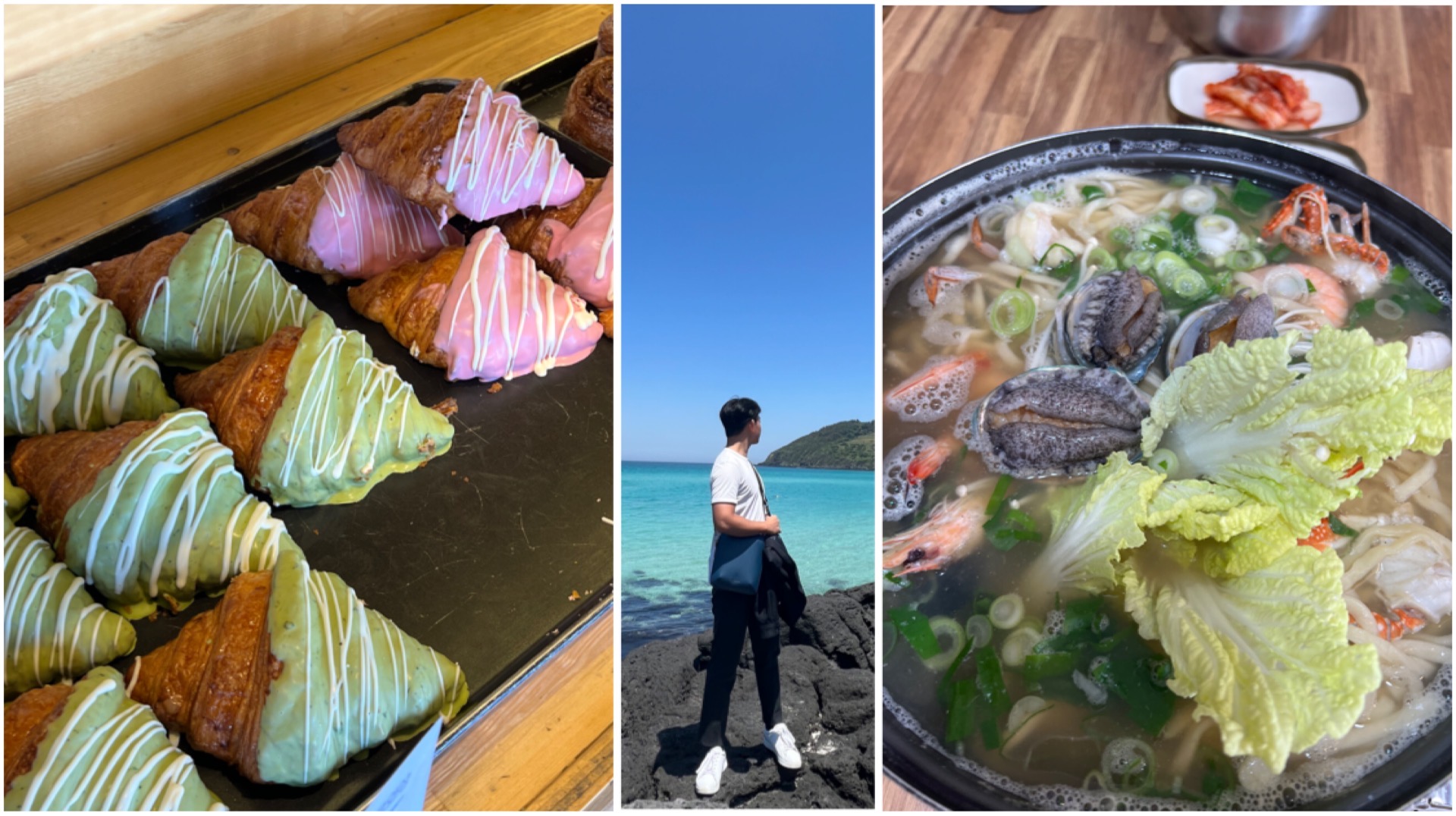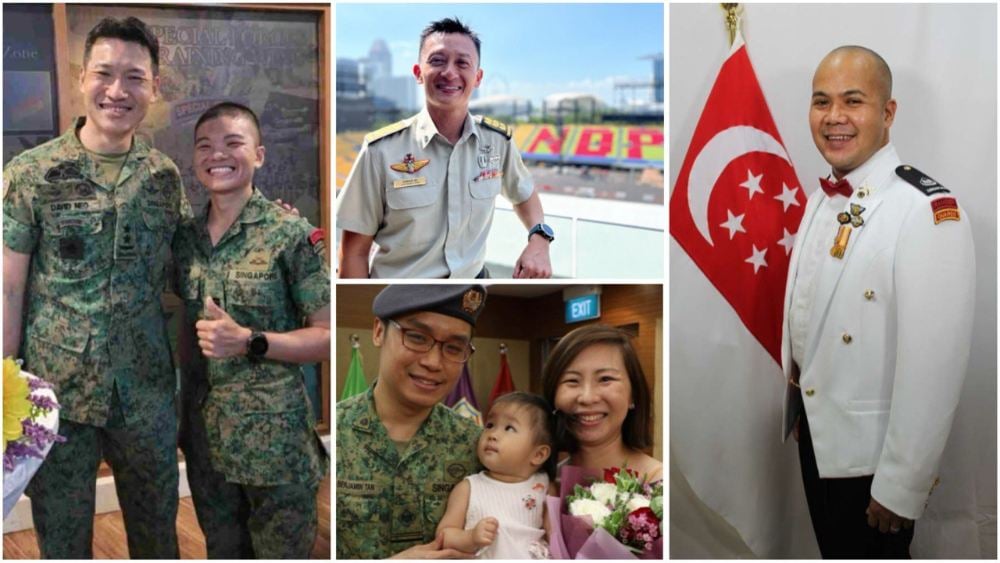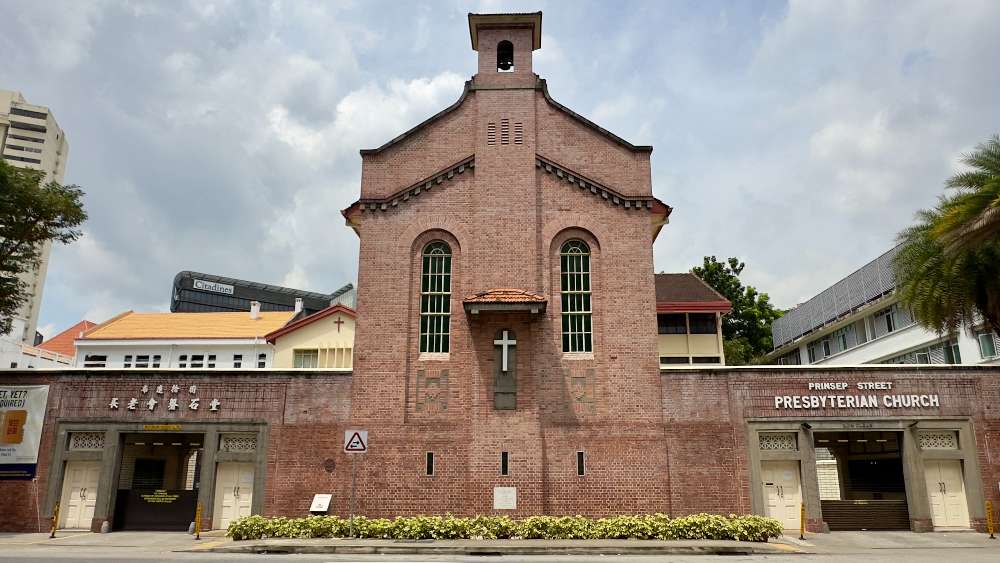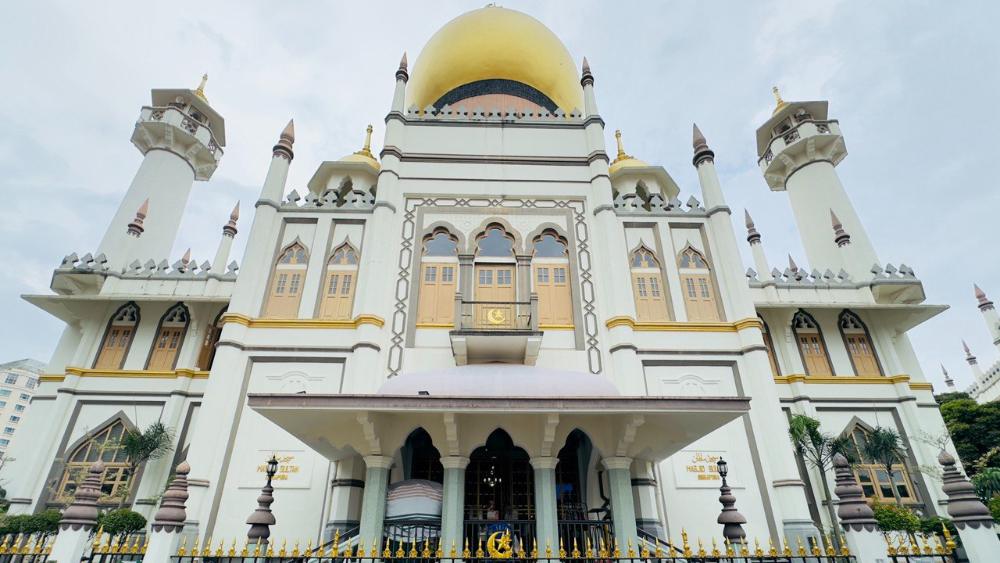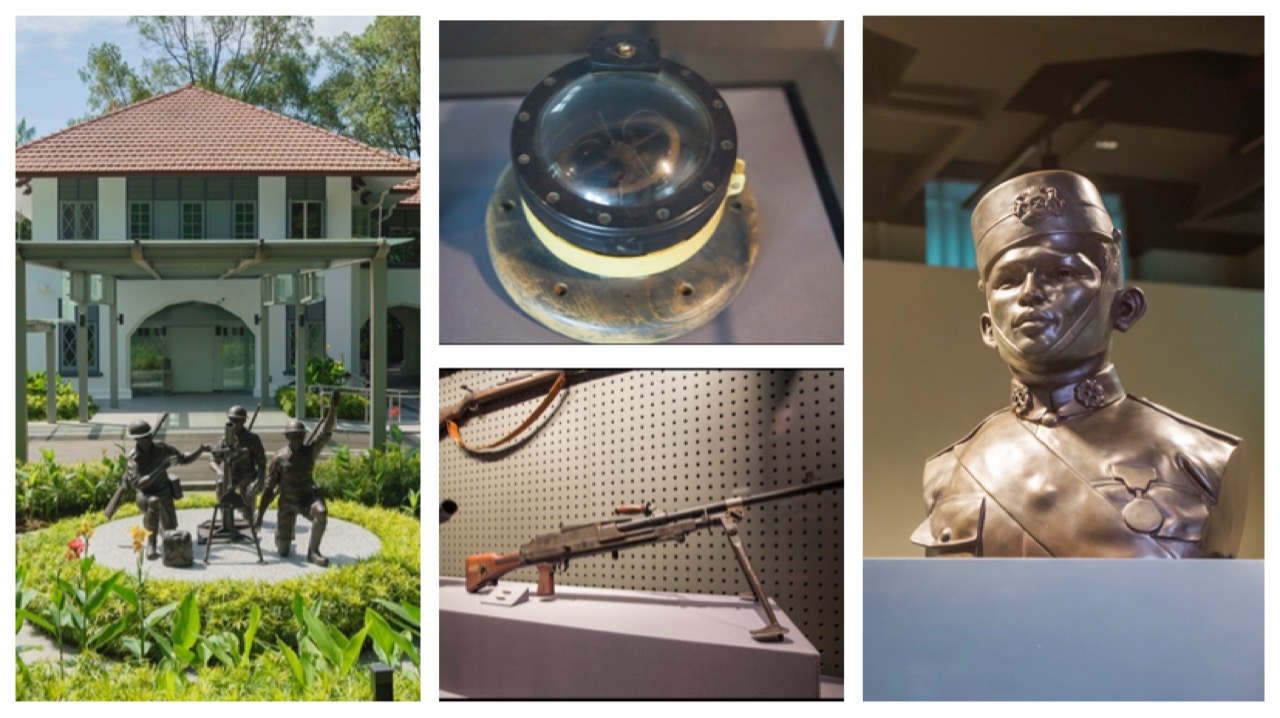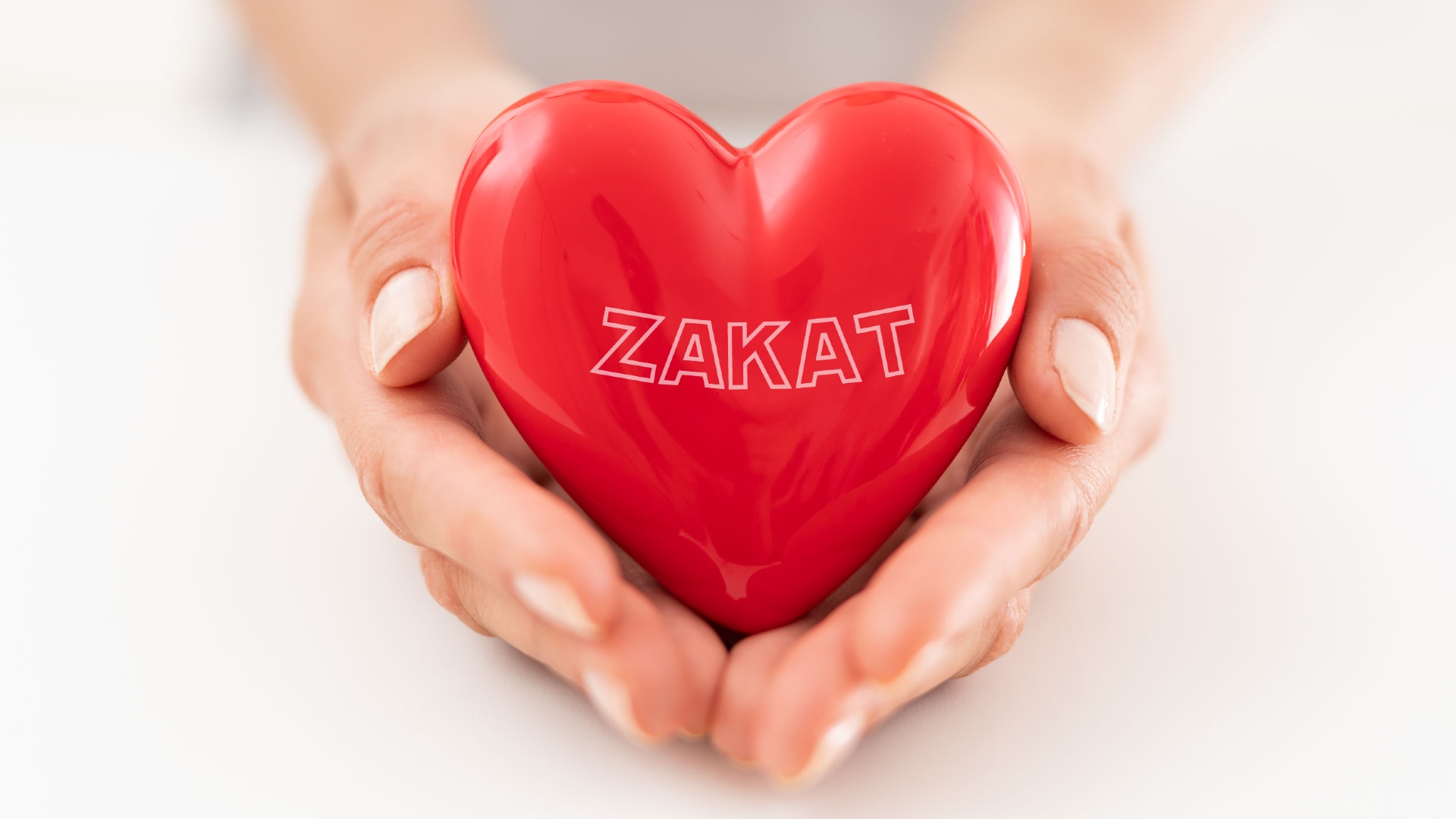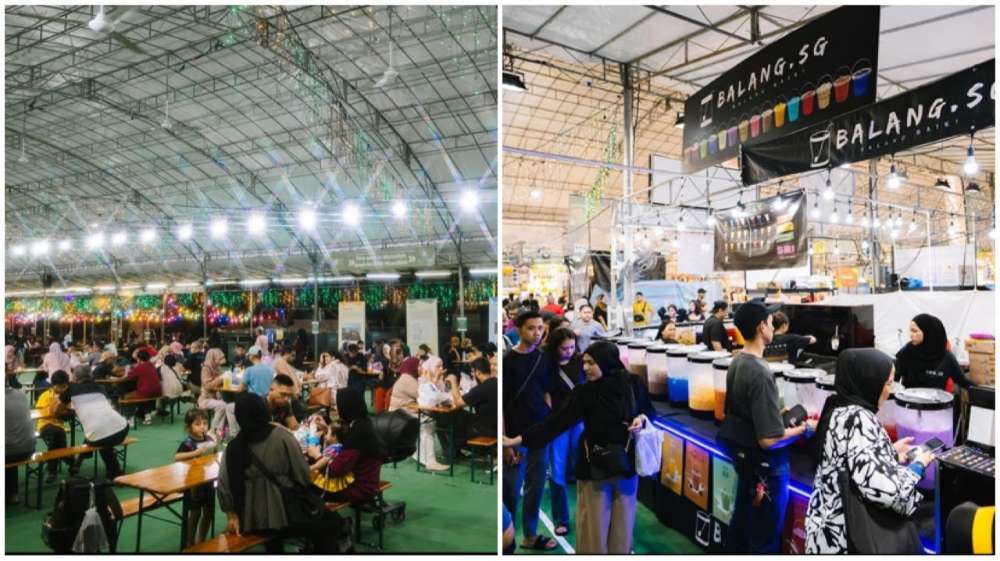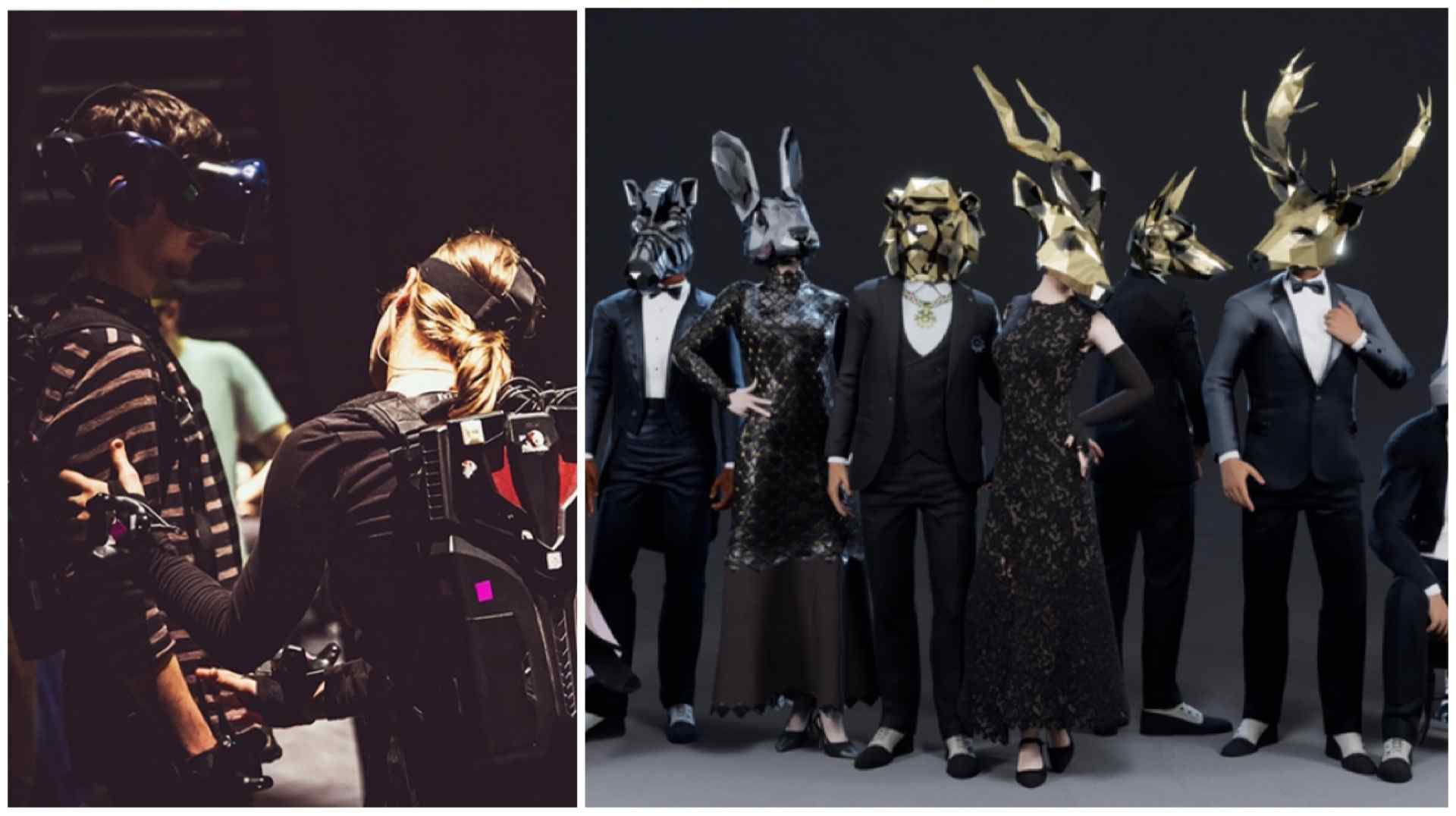History Rediscovered: Story Of The Malay Regiment In Battle Of Bukit Chandu
Ta'at Setia. Faithful and true. That was the powerful motto of the Malay Regiment led by Lieutenant Adnan Saidi whose heroic last stand in the Battle of Pasir Panjang against the 13,000-strong Japanese forces is the stuff of legend.
On 9th September, the newly revamped Reflections at Bukit Chandu reopens its doors to the public and will take you on an immersive journey to remember the brave soldiers of the Malay Regiment.
Featuring an expanded narrative that now includes the site-specific history of Pasir Panjang and Bukit Chandu coupled with new displays and artefacts, it's an experience worth trekking up for!
The bungalow which houses this interpretative centre is actually located pretty close to Point 226, a military position that was the site of the Malay Regiment’s last stand against the Imperial Japanese Army on 14 Feb 1942.
In three sections, the galleries on the first floor chart the regiment’s humble beginnings, and pay homage to their courage and sacrifice in the exhibition "Bukit Chandu: Battle Point 226".
1. The Malay Regiment
The first portion traces the origins of the Malay Regiment, from the equipment that they used to the specially designed uniform that they wore. Starting out with only 25 recruits in 1933, the regiment grew exponentially to almost 1,400 soldiers by the time war broke out in 1941.
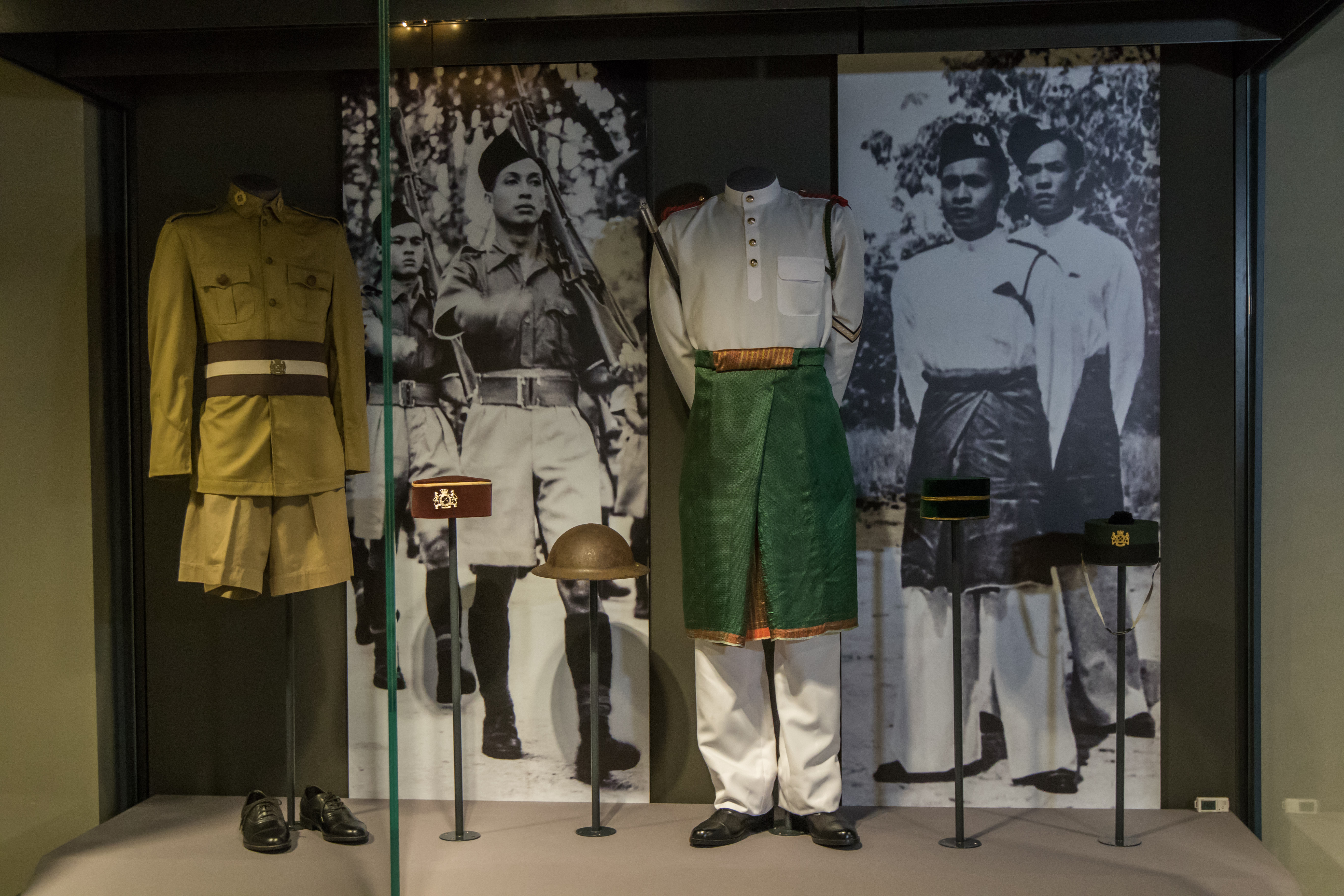
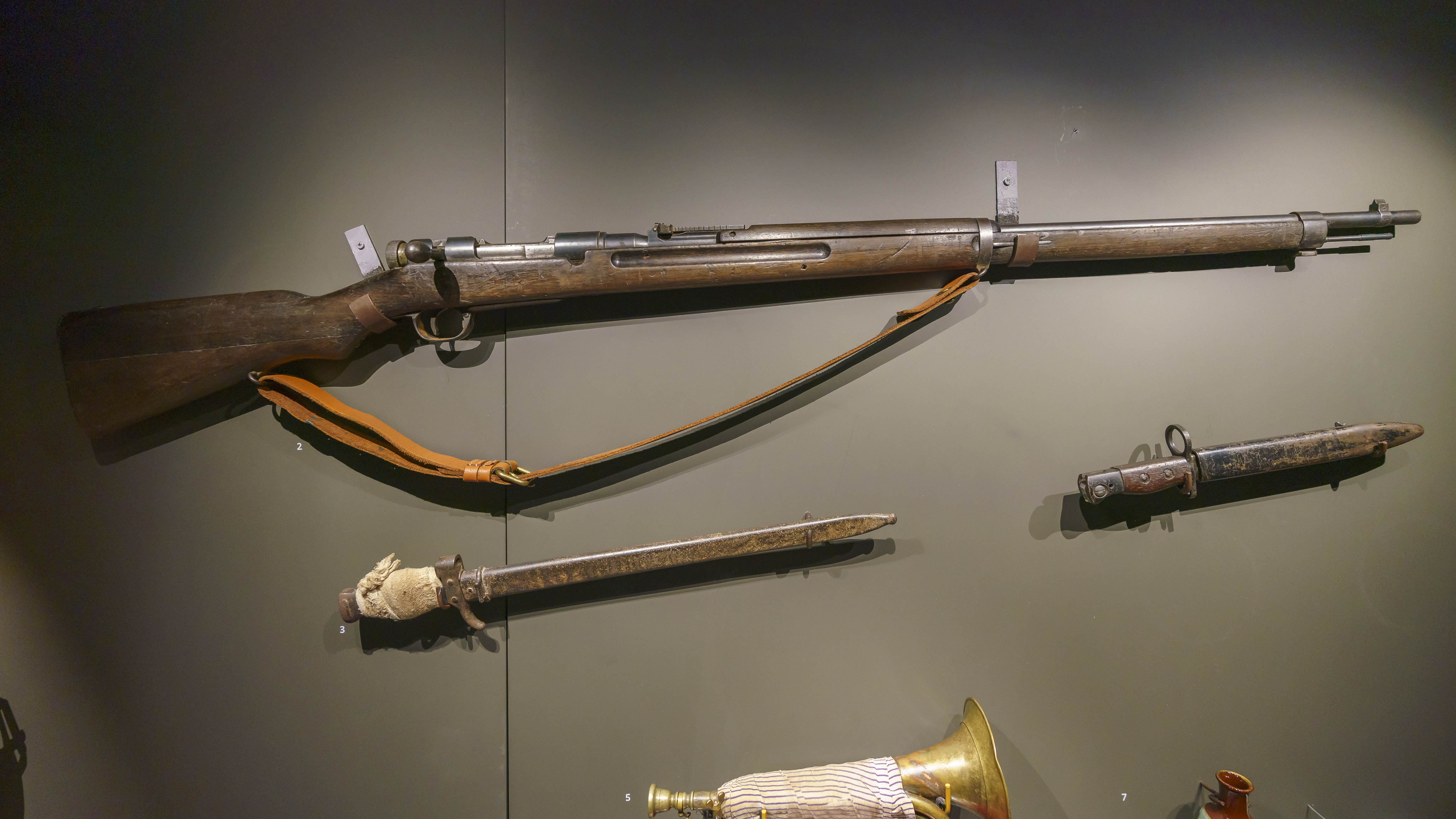
2. Into battle
The second section traces the regiment’s story during the defence of Malaya and Singapore against the Japanese invasion, culminating in the battle of Bukit Chandu on 14 Feb 1942.
Artefacts on display for the first time include rare archival pre-war film footage featuring Lieutenant Adnan at a ceremonial parade. Visitors can also look forward to an immersive multimedia display show that unfolds around the room and tells the story of "C" Company's defence of Point 226.
You can truly and simultaneously feel the sense of doom as well as the resilient determination that characterised these brave men in the ensuing battle.
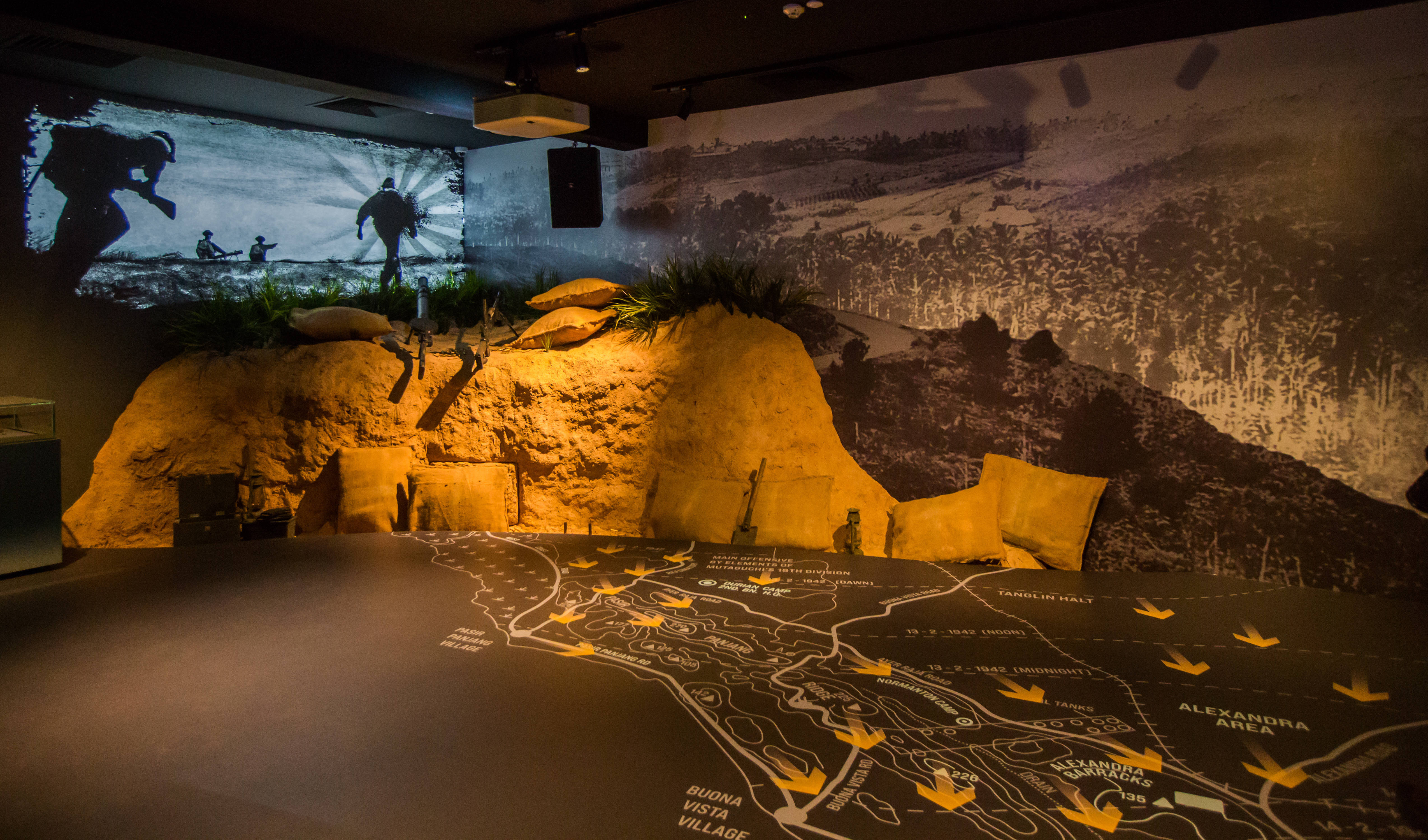
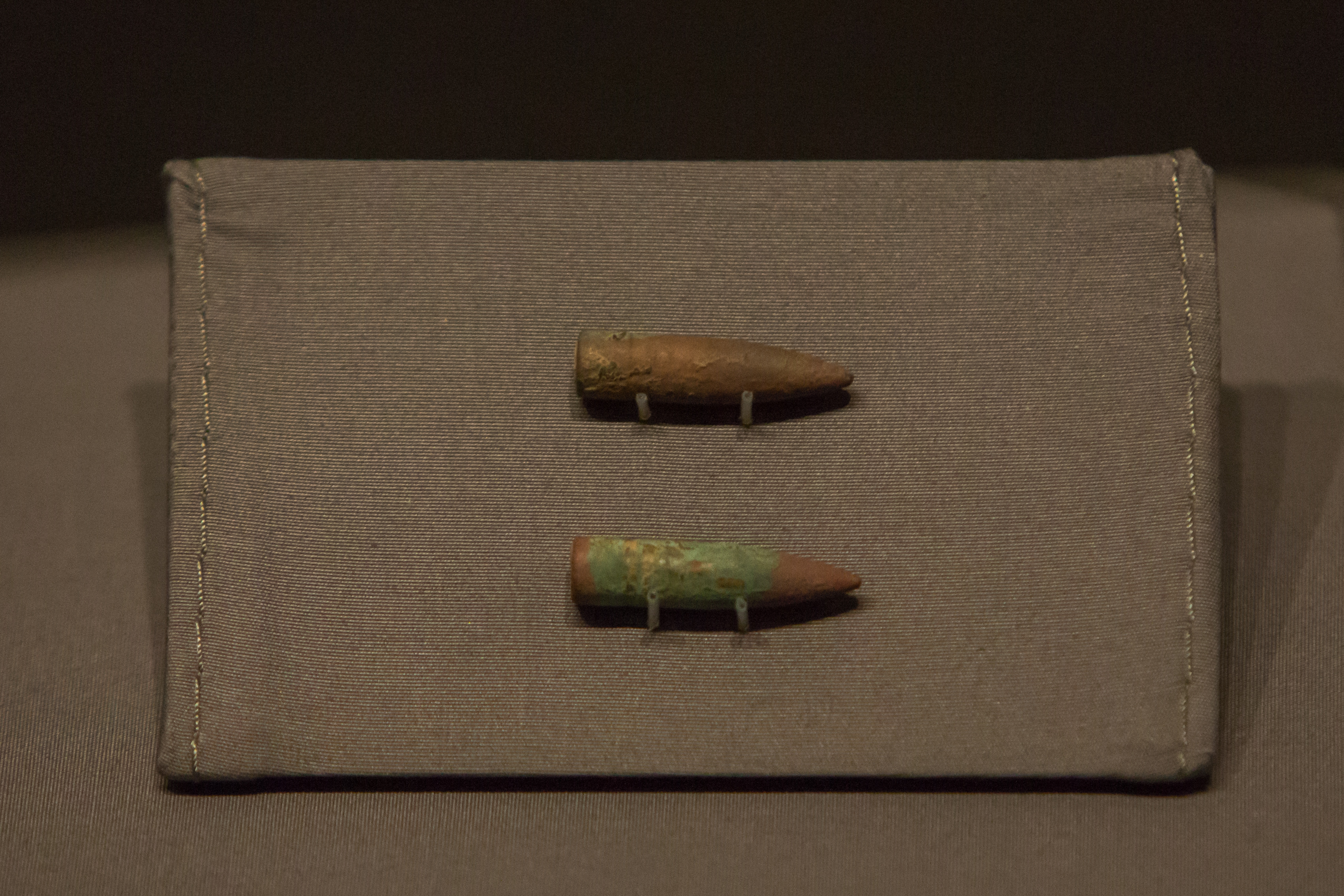
3. Aftermath
This last section pays tribute to the fallen men in the Malay Regiment. By the time Singapore surrendered, more than 100 men of them had been killed in action and some 600 members of the Malay Regiment detained. They were ordered to remove their uniforms and join the Japanese forces or be released as civilians. A number were executed for refusing to take off their uniforms shouting the regimental motto, "Ta'at Setia" ("faithful and true" in Malay), to the very end.
Other highlights here include a tin cup belonging to Lieutenant Ibrahim Sidek (who was detained after the surrender and killed by the Japanese for refusing to remove his uniform) is also featured alongside an excerpt of an interview with his widow.
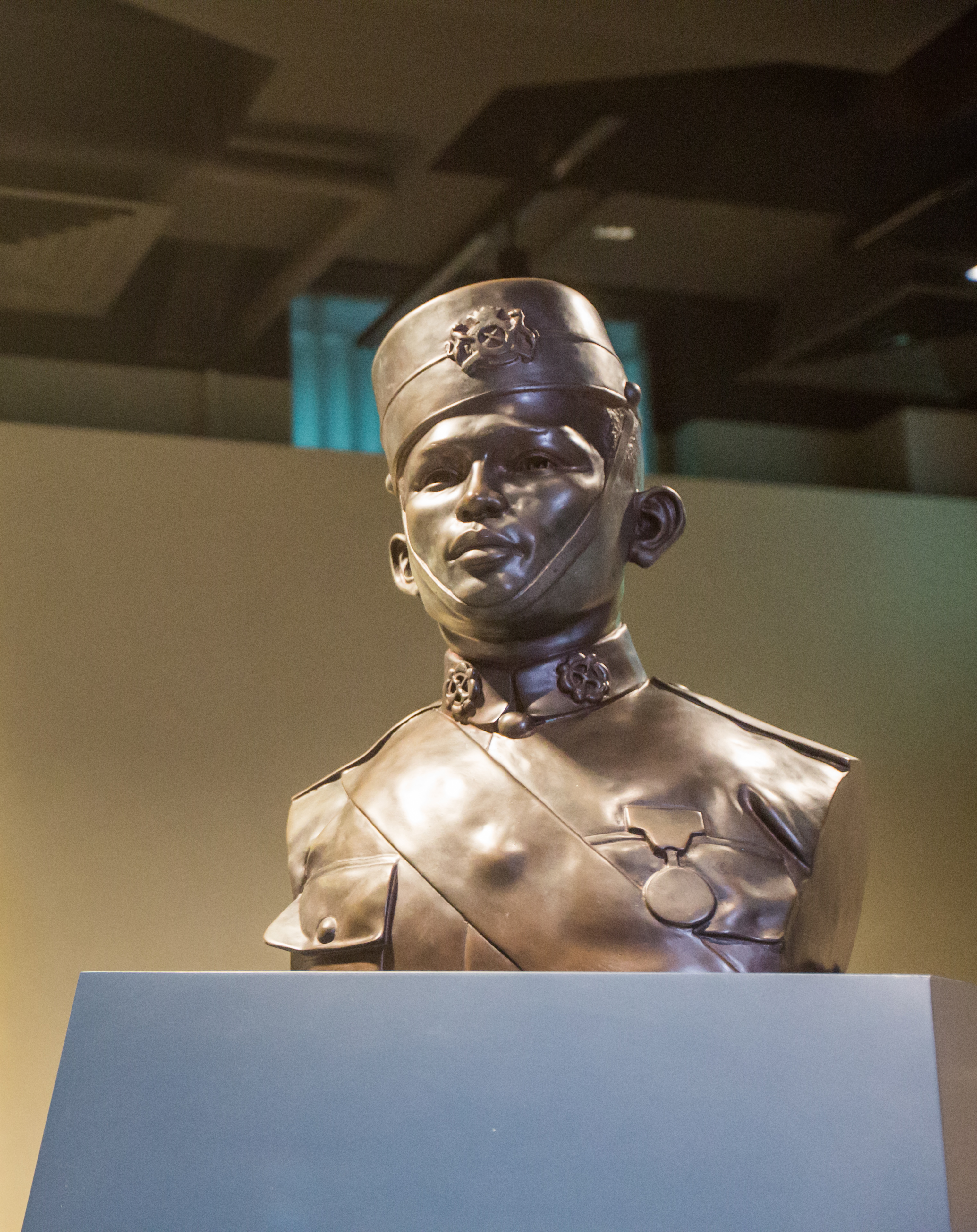
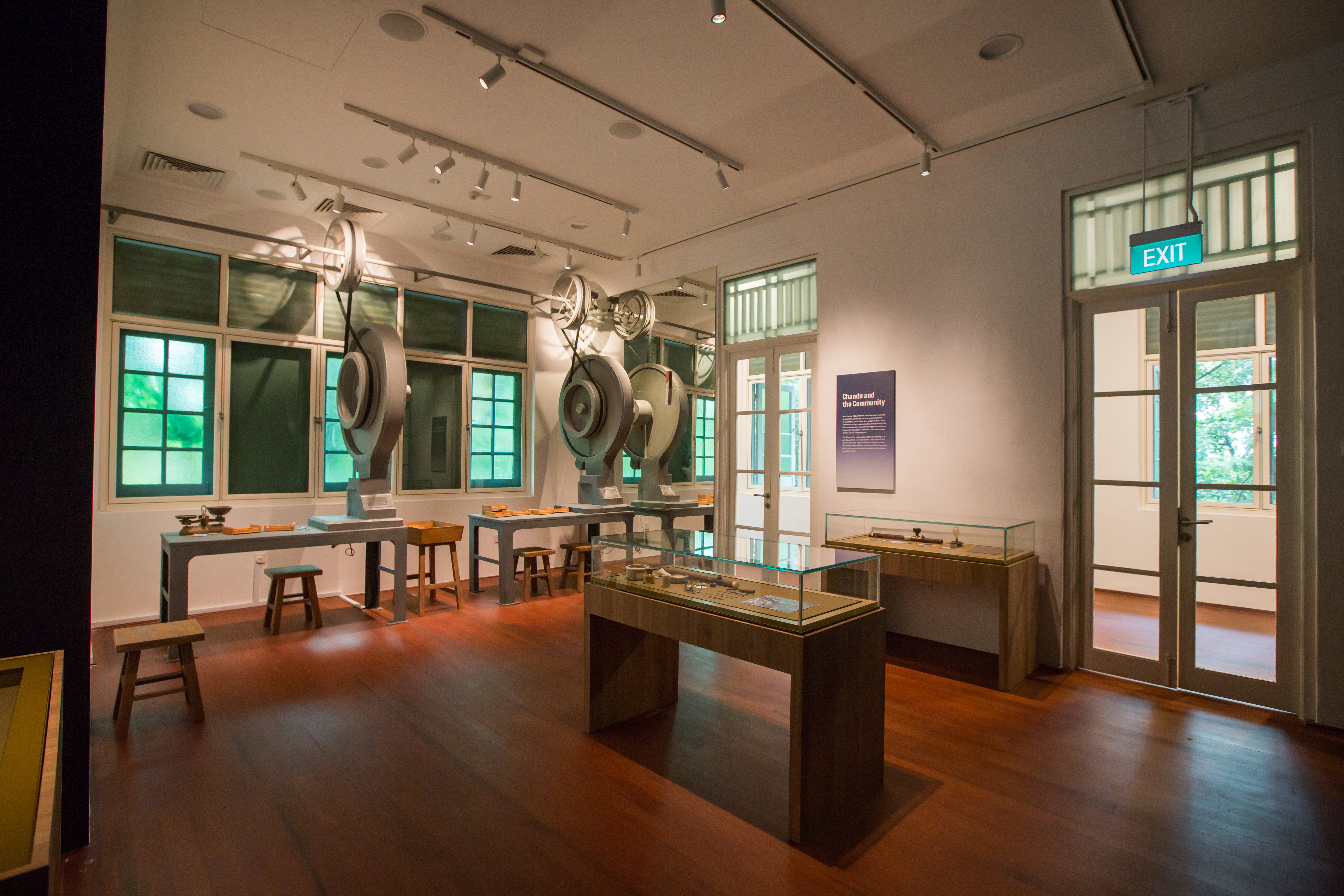
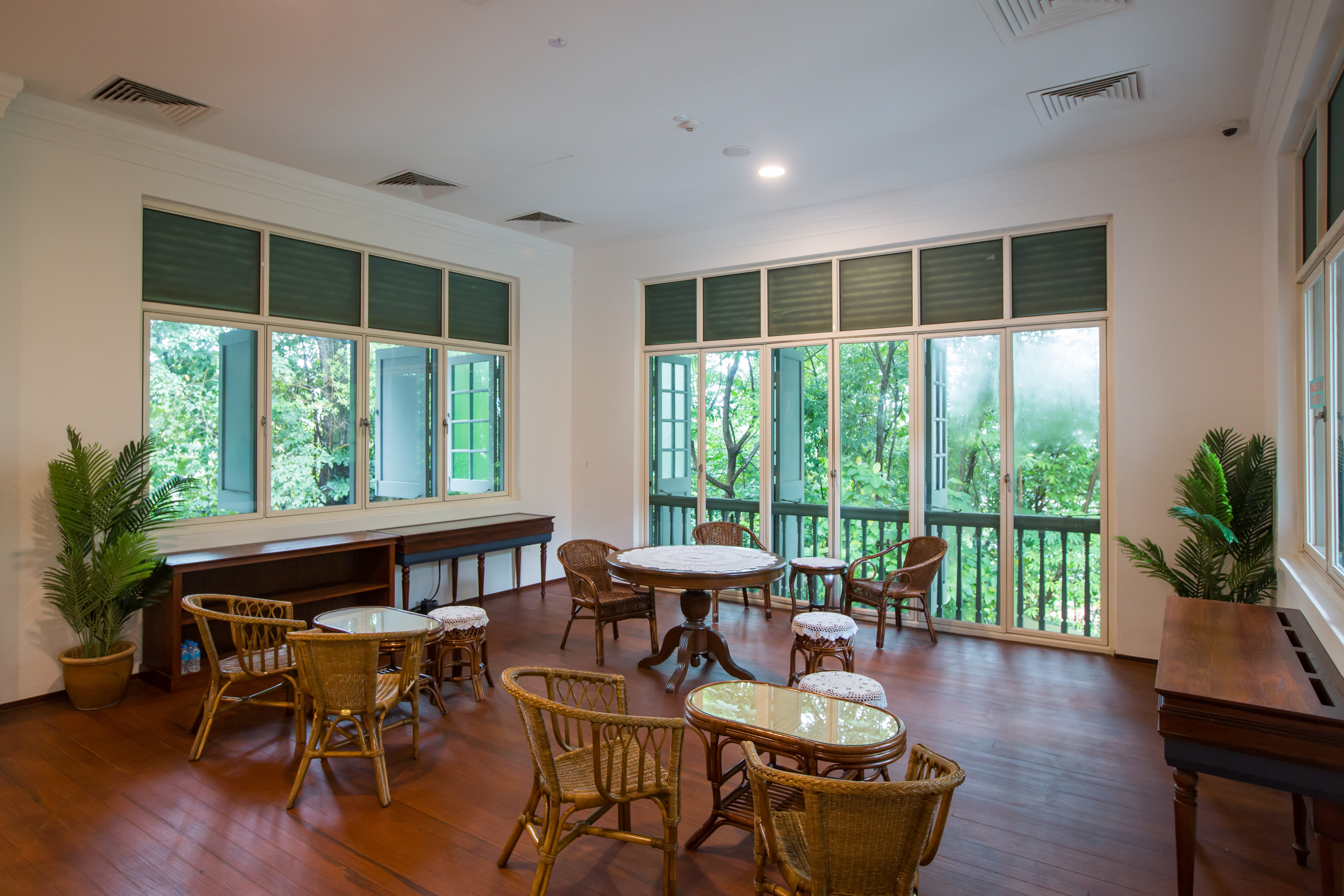
Tracing the legacy of Bukit Chandu
The new Reflections at Bukit Chandu doesn't just focus on the war but also the history of its surroundings, which predates both the war and colonial era, such as Bukit Chandu (“Opium Hill” in Malay), Pasir Panjang (“Long Beach” or “Long Sand” in Malay) and the history of the building from as early as the 14th century. The revamp definitely provides a larger historical context beyond the World War II period.
Here, you'll learn more about the history of opium production in Singapore and life at the Opium Packing Plant, which used to exist at the foot of the hill. The gallery on the second floor also sheds light on the harm caused by opium addiction and efforts taken by local community leaders to combat it.
There is a beautiful lounge lined with archival photographs on the same level showing the history of Bukit Chandu and Pasir Panjang where you can also experience how former occupants of the house would have enjoyed the sea breeze and a view of the Singapore Strait.
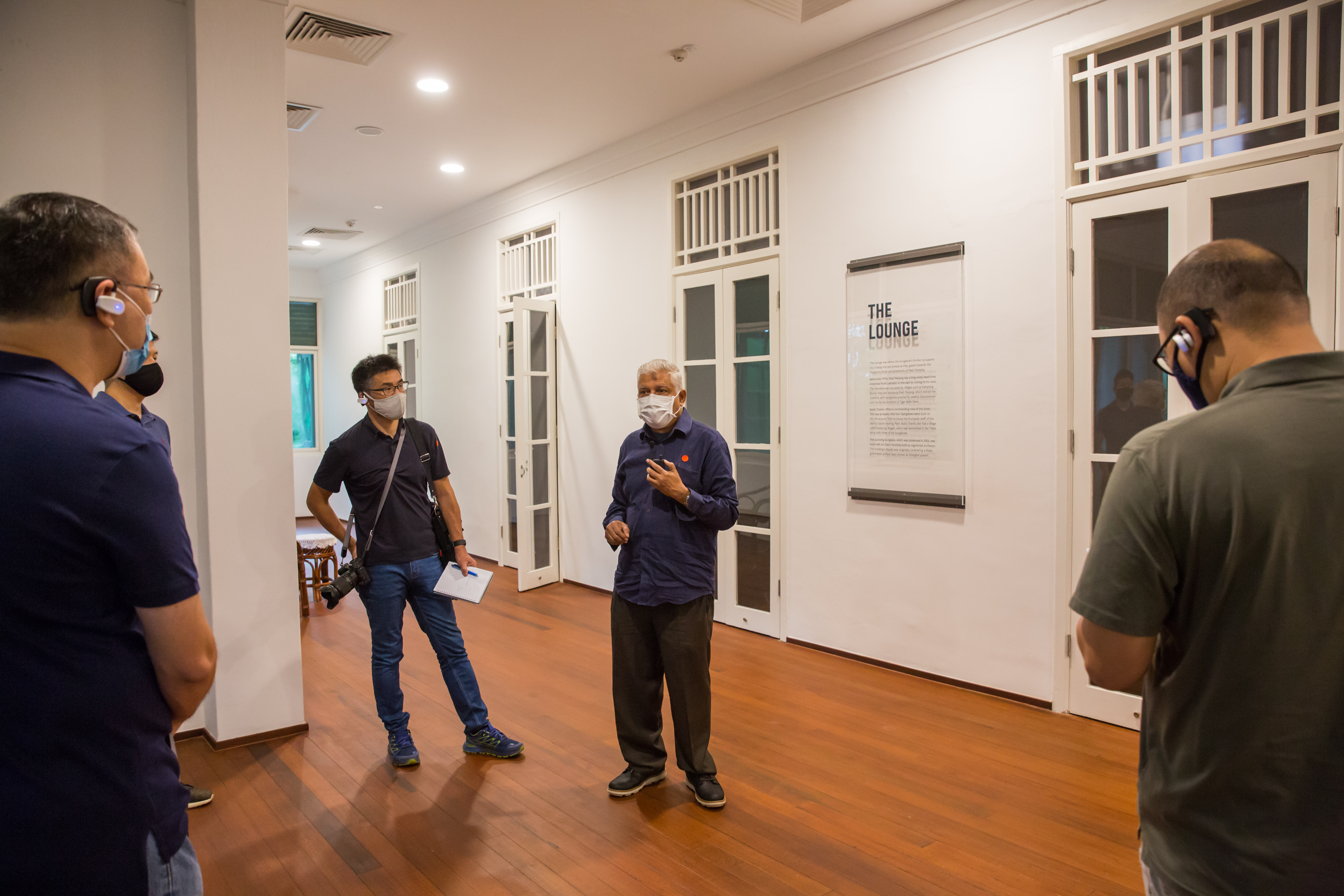
Fun fact about the opening weekend of Reflections at Bukit Chandu, which takes place on 11 and 12 Sep: these dates coincide with the anniversary of the surrender of the Japanese on 12 Sep 1945.
Go on a self-guided scavenger hunt through the galleries and enjoy complimentary livestreamed tours by the curators on Facebook Live. It will also make a perfect pitstop if you happen to be trekking through the Southern Ridges.
Go forth and rediscover, history buffs!
Free admission from 9 to 26 Sep 2021. To pre-book your admission tickets, click here.
For the latest updates on Wonderwall.sg, be sure to follow us on TikTok, Telegram, Instagram, and Facebook. If you have a story idea for us, email us at [email protected].

/roundup_5_april_2024_rectangle.jpg?sfvrsn=21b9d2d9_1)
